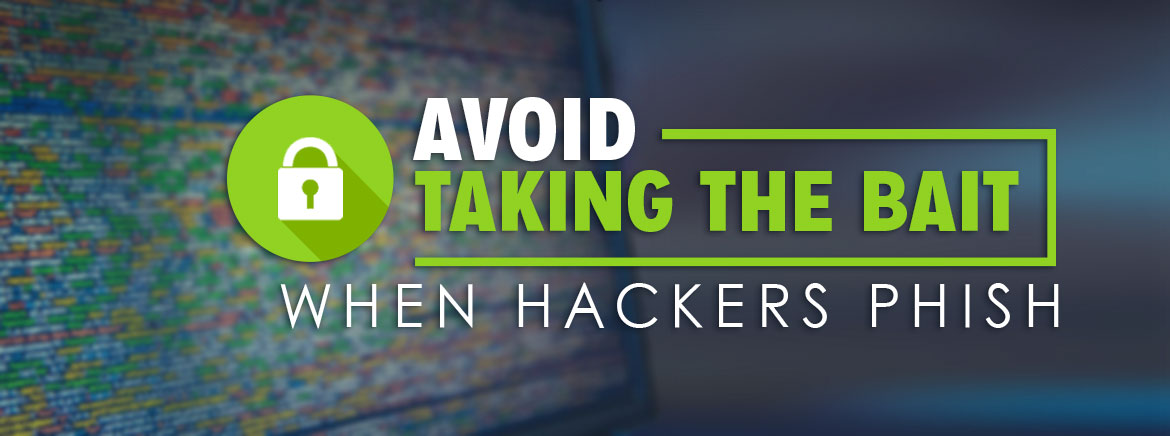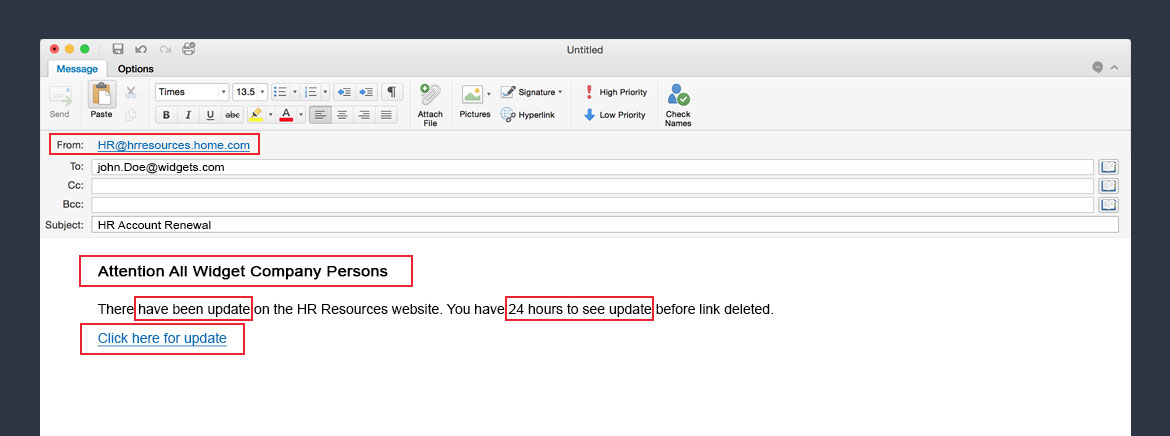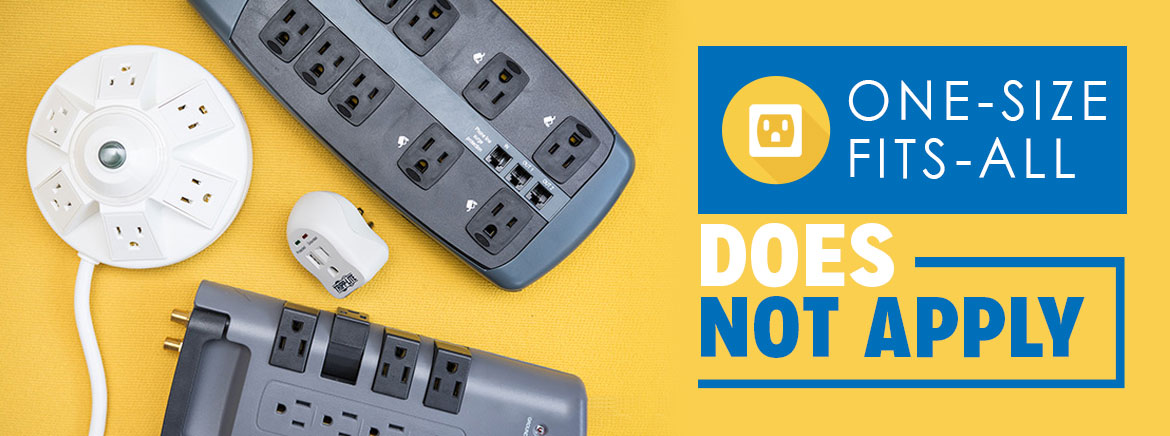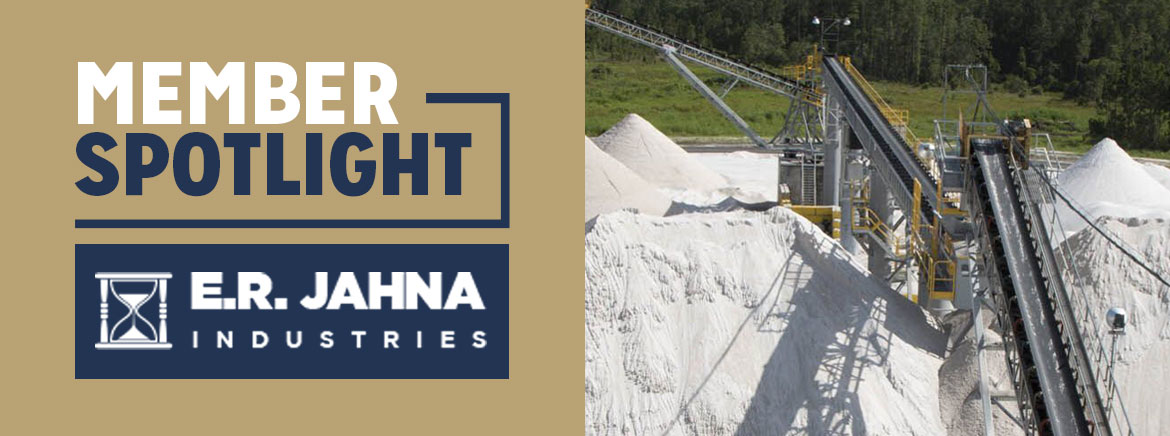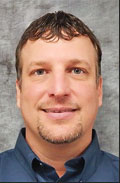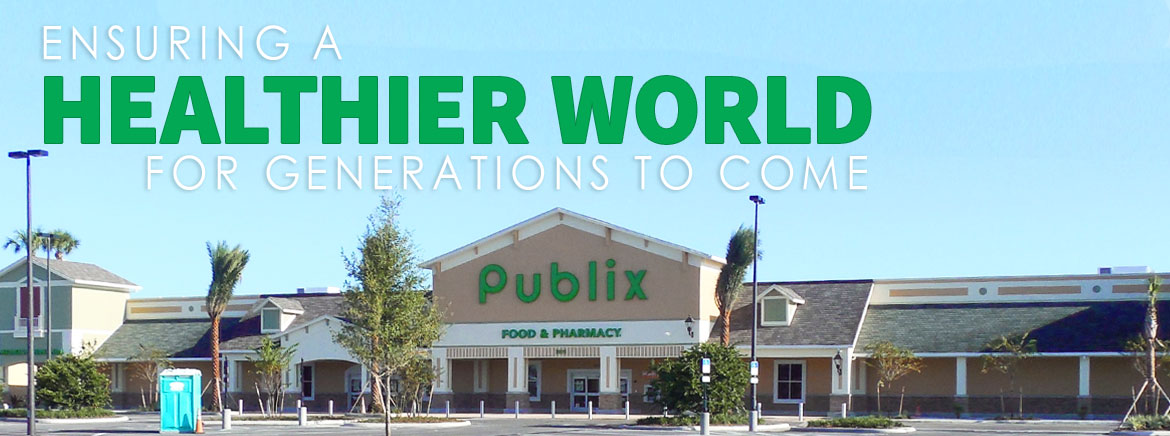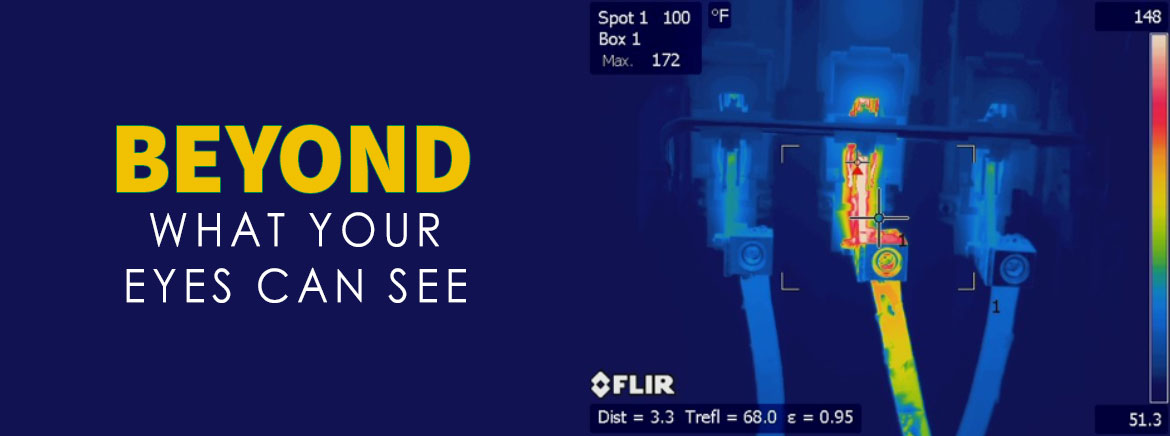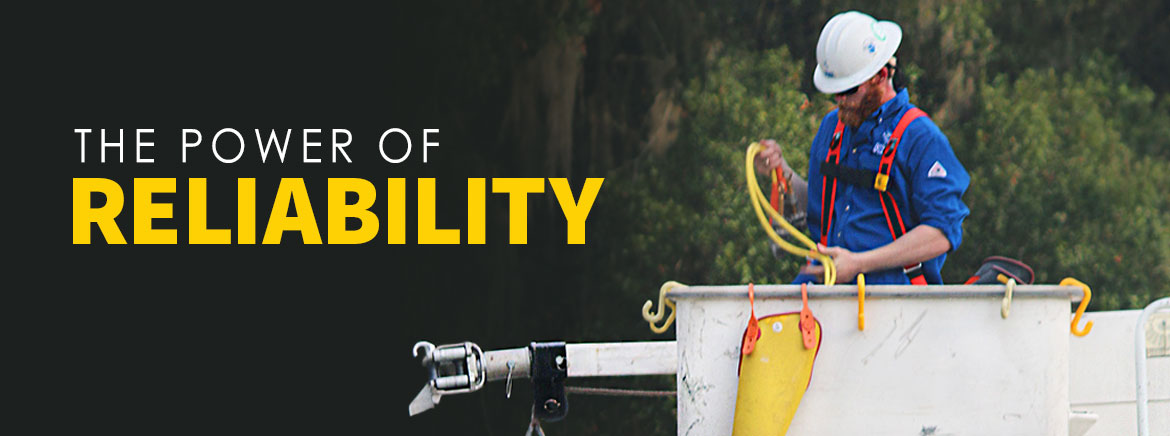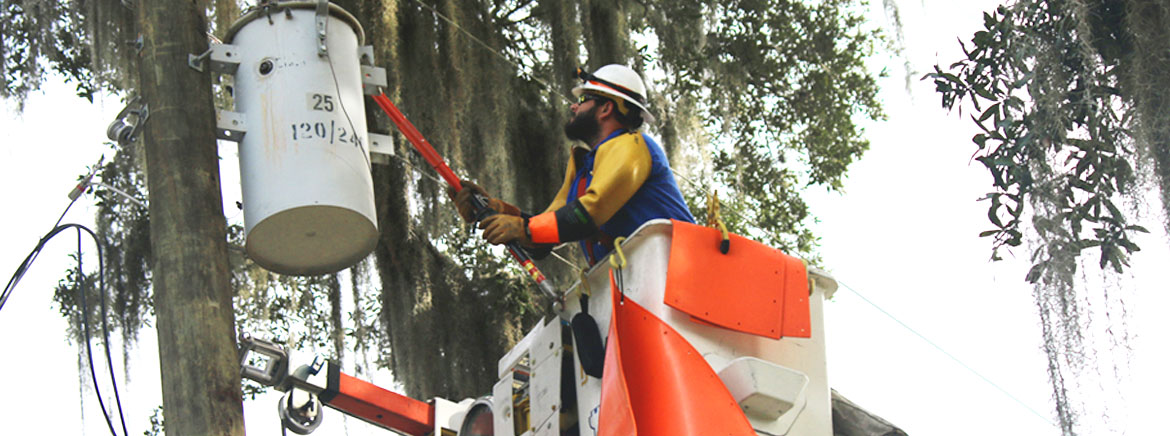Energy Insider – 1st Quarter
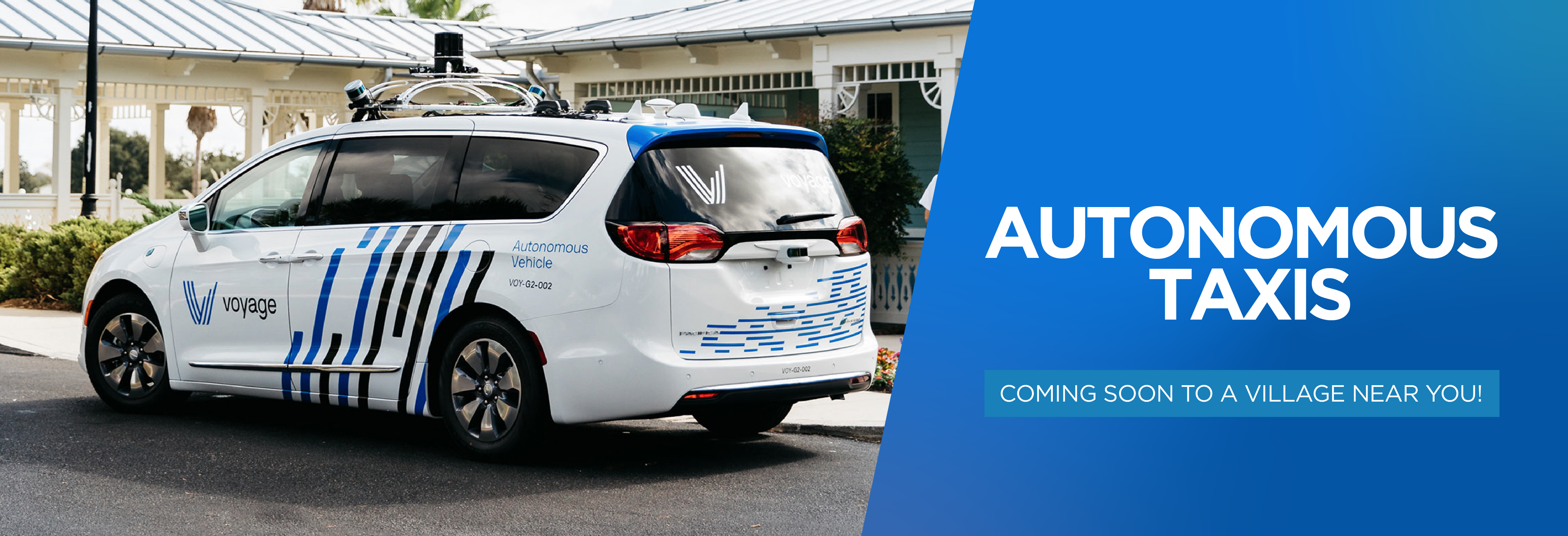
Autonomous Taxis – Coming Soon to a Village Near You!
The future is now! Autonomous taxi company Voyage Auto has launched a pilot program in The Villages, Florida, specifically the Village of Virginia Trace. The self-driving taxi program, unveiled earlier this year, is as an added benefit for the residents in The Villages. This is simply a taxi service for folks who need to get to or from somewhere but do not have their own transportation or perhaps don’t feel comfortable driving. Ryan McCabe, Operations Manager with The Villages, states; “We believe in what Voyage Auto is trying to do. We couldn’t be happier with the idea.”
The thing that makes this different from other transportation services is that there isn’t a person in the driver’s seat! This vehicle is fully autonomous and a ride can be arranged using the Voyage mobile app. In the near future, Voyage will be expanding their presence in The Villages on a neighborhood-by-neighborhood basis. Virginia Trace was chosen for the pilot because of its close proximity to Lake Sumter Landing. It is likely the same criteria will be used in choosing which neighborhood is next. Mr. McCabe stated, “With golf carts and Voyage, the residents might not need a car to live here.”
For those concerned with this “out-of-the-box” idea, Tom Hauburger, Director of Product for Voyage, states, “The technology investment we make is centered on safety and comfort.” The Voyage team understands the highest level of safety is expected and consumer comfort is a close second.
Keep an eye out for upcoming “try-ride” events at a location near you. Customers will have the opportunity to experience a ride into the future. Try-ride event dates will be announced once all of the details are finalized and locations are chosen.
Visit Voyage for more information about this revolutionary idea!

SECO Earns Tree Line USA Distinction
The wind is blowing, the rain is coming down sideways and ZAP, your power is out. Power is of the utmost importance to your business. Power drives the machines, lights and most likely everything essential to your operation. The last thing you need is a power outage. However, this is Florida where storms develop quickly and in some cases are severe enough to threaten your reliability.
When storms happen, trees pose the greatest hazards to the electric lines serving your facility. For this reason, SECO Energy has a services agreement with tree trimming contractors and also arranges for a very large contingent of tree trimming contractors to aid with restoration activities prior to a major storm or hurricane. Our vegetation management efforts are ongoing and a very important function to ensure reliability of your electric service. As a matter of fact, for twelve consecutive years, SECO Energy has been awarded the Tree Line USA Utility distinction from the Arbor Day Foundation. We are very proud of this achievement.
SECO Energy’s award-winning Vegetation Management team is comprised of five professionals who manage the program. According to April Hurst, Supervisor of Vegetation Management, “SECO’s goal is to prevent tree-related outages. We plan, direct and execute activities to clear the right-of-ways for any vegetative hazard posed to the electric lines from the substation all the way to the transformer that serves member facilities.” Doing this requires a massive amount of planning, supervision and the actual execution of the plan.
On average SECO Energy spends about $10,000,000 per year to execute the vegetation management plan. Our program is very aggressive and our proactive approach has greatly reduced the number of tree-related outages. “Although what we do is not always esthetically pleasing or pretty, it is necessary for the health of the tree and for line clearances – healthy trees planted in the right place do not cause outages,” advises Mrs. Hurst.
To ensure correct methods for trimming trees, SECO Energy hires certified arborists. Crews that specialize in tree trimming perform the actual work. The correct trimming methods maintain the health of the tree and minimize the threat to the electric system. Follow up inspections are performed by SECO professionals to ensure work has been performed correctly.
How can you help? Take notice of trees/tree limbs in close proximity of electric distribution lines serving your facility. Even if your service is underground, at some point it feeds into an overhead line. When adding landscape, be sure and plant the right tree in the right place – where there is little likelihood the tree will ever impact electric facilities. Talk to your Key Account consultant regarding any concerns you have.
For more information on our vegetation management program or for clarification of what SECO will trim versus your trimming responsibilities, visit our tree trimming page. Want to meet SECO vegetation management team in person? Join us on Saturday, April 27, 2019 for Earthfest at Arbor Day event in Tuscawilla Park in Ocala!

12th Annual Earth Day Celebration
If you are looking for a fun family event in Sumter County this April, look no further than the 12th Annual Earth Day Celebration in Center Hill, Florida. So what is this you may ask? The event is a partnership between the Sumter County School Board and CEMEX. This FREE event features a tour of the CEMEX mine and provides insight on the importance of mining and how it’s done while protecting and conserving our natural resources.
The Earth Day celebration includes many local environmental agencies who share useful information on a number of topics from water conservation to preventing pollution. Represented this year will be the UF/IFAS Extension Service, National Resources Conservation Service, Phosphate Research Institute, Florida Native Plant Society, Sumter County Master Gardeners and the Florida Forestry Service. SECO Energy will also be onsite to educate attendees on electrical safety and energy conservation.
Food and entertainment are part of the celebration. Enjoy a Grumpy’s famous ice cream and hot dogs cooked by Ring Power Corporation. Meet the animal ambassadors from the Florida International Teaching Zoo and learn all about bats. You can even hold a baby alligator and learn how to sculpt sand. The ever-popular Kids Fossil Dig will be open for children ages three to third grade along with the opportunity to plant a tree. The Same in Lame Jazz Ambassadors and the South Sumter High School Naval National Defense Cadet Corps will open the event with the Pledge of Allegiance and the Star Spangled Banner. Chorus and band groups from South Sumter Middle School, Wildwood Middle School and Wildwood Elementary School will perform their favorite songs.
The 12th Annual Earth Day Event is scheduled for April 13, 2019 at the CEMEX mine located at 530 W. King Highway in Center Hill. The fun begins at 10 a.m. and ends at 2 p.m.
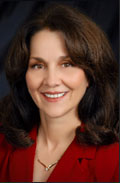
BARBIE SHAW
Manager of Key Accounts & Energy Services
OFFICE: (352) 569-9787
CELL: (352) 303-3567
barbie.shaw@secoenergy.com

HANK BOLDUC
Key Accounts Consultant
OFFICE: (352) 569-9789
CELL: (352) 303-3546
hank.bolduc@secoenergy.com

RYON MEYERS
Key Accounts Consultant
OFFICE: (352) 569-9781
CELL: (352) 636-9593
ryon.meyers@secoenergy.com

JEFF LIGHT
Key Accounts Consultant
OFFICE: (352) 569-9790
CELL: (352) 303-3183
jeff.light@secoenergy.com




